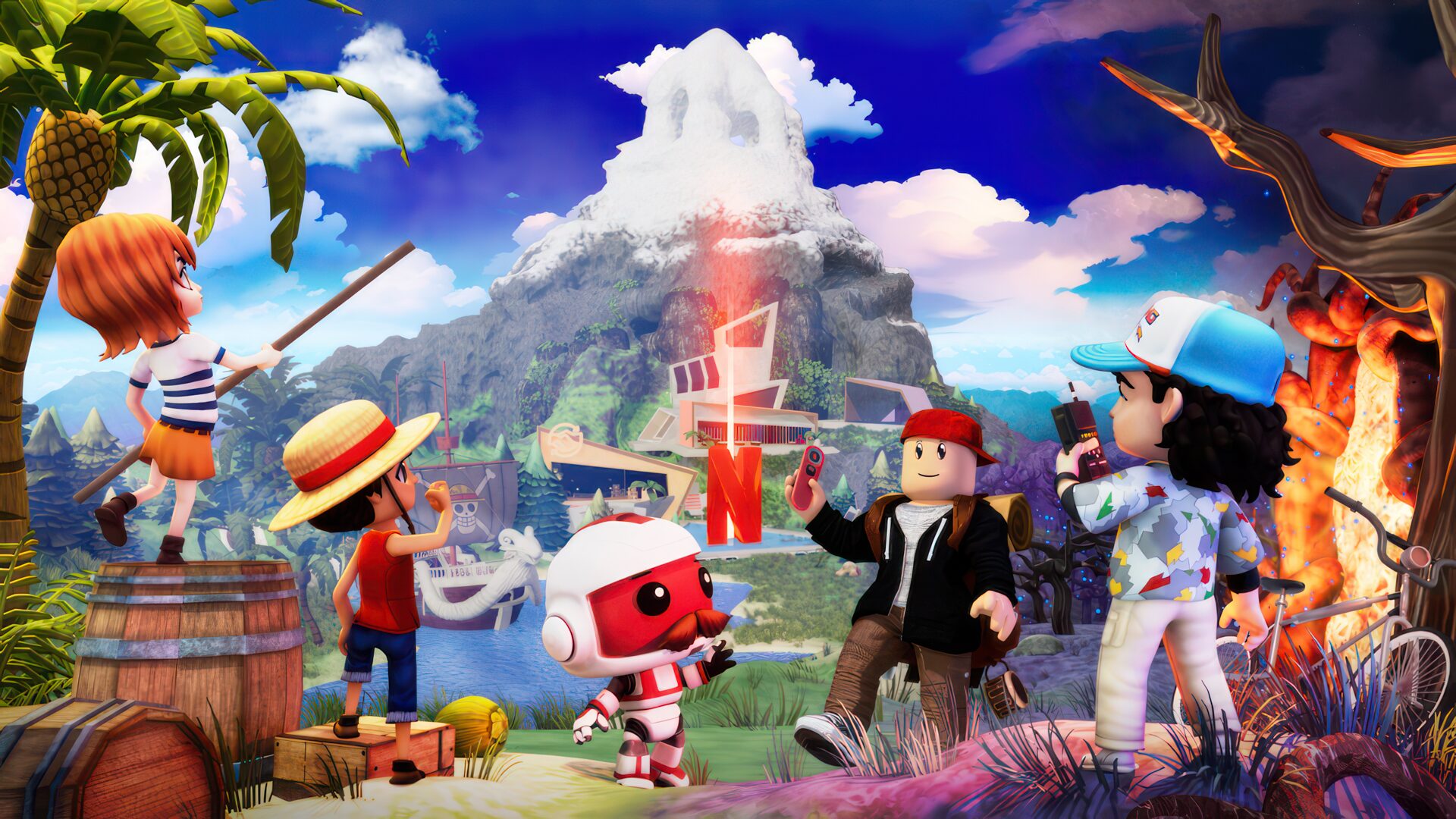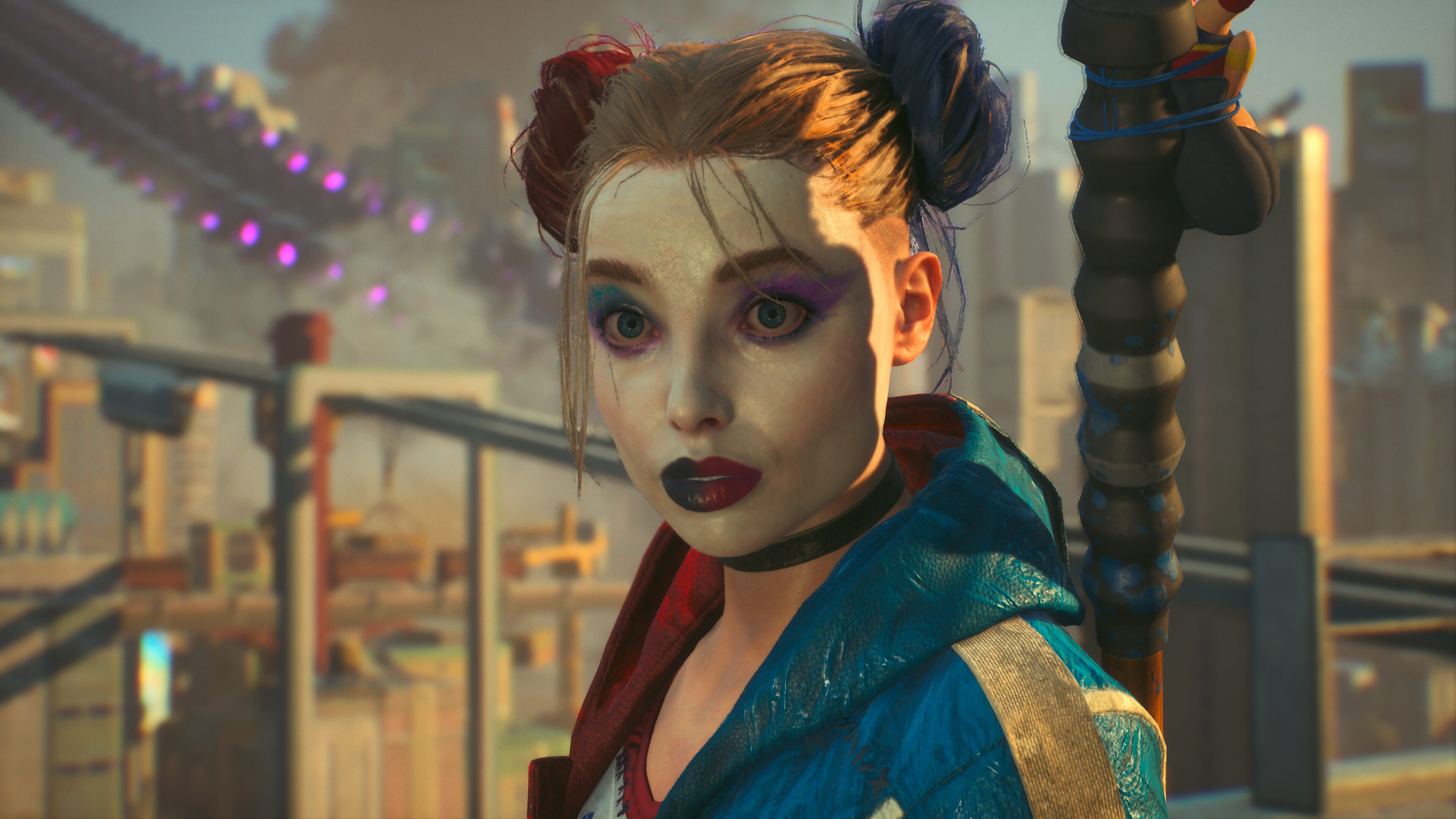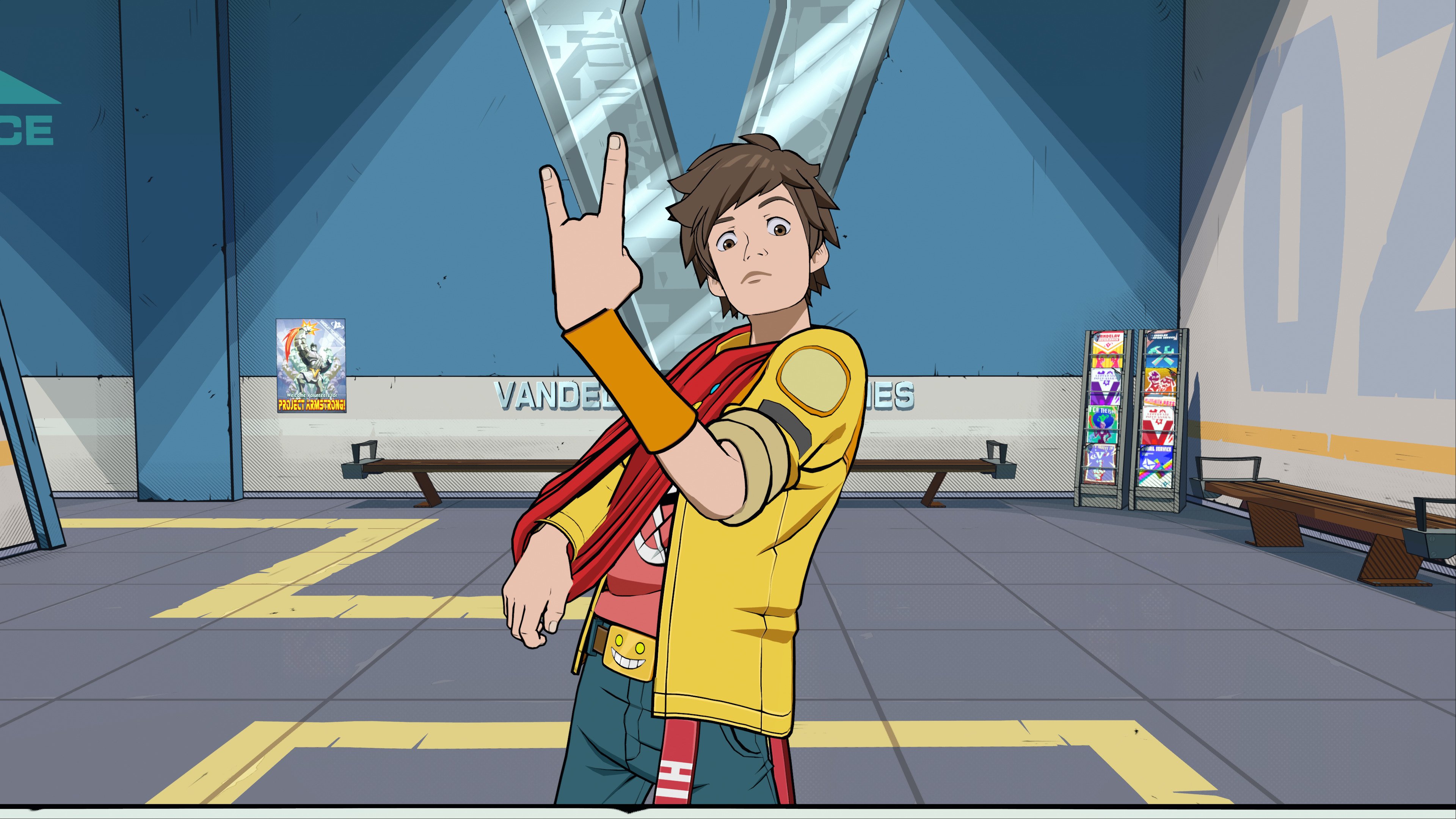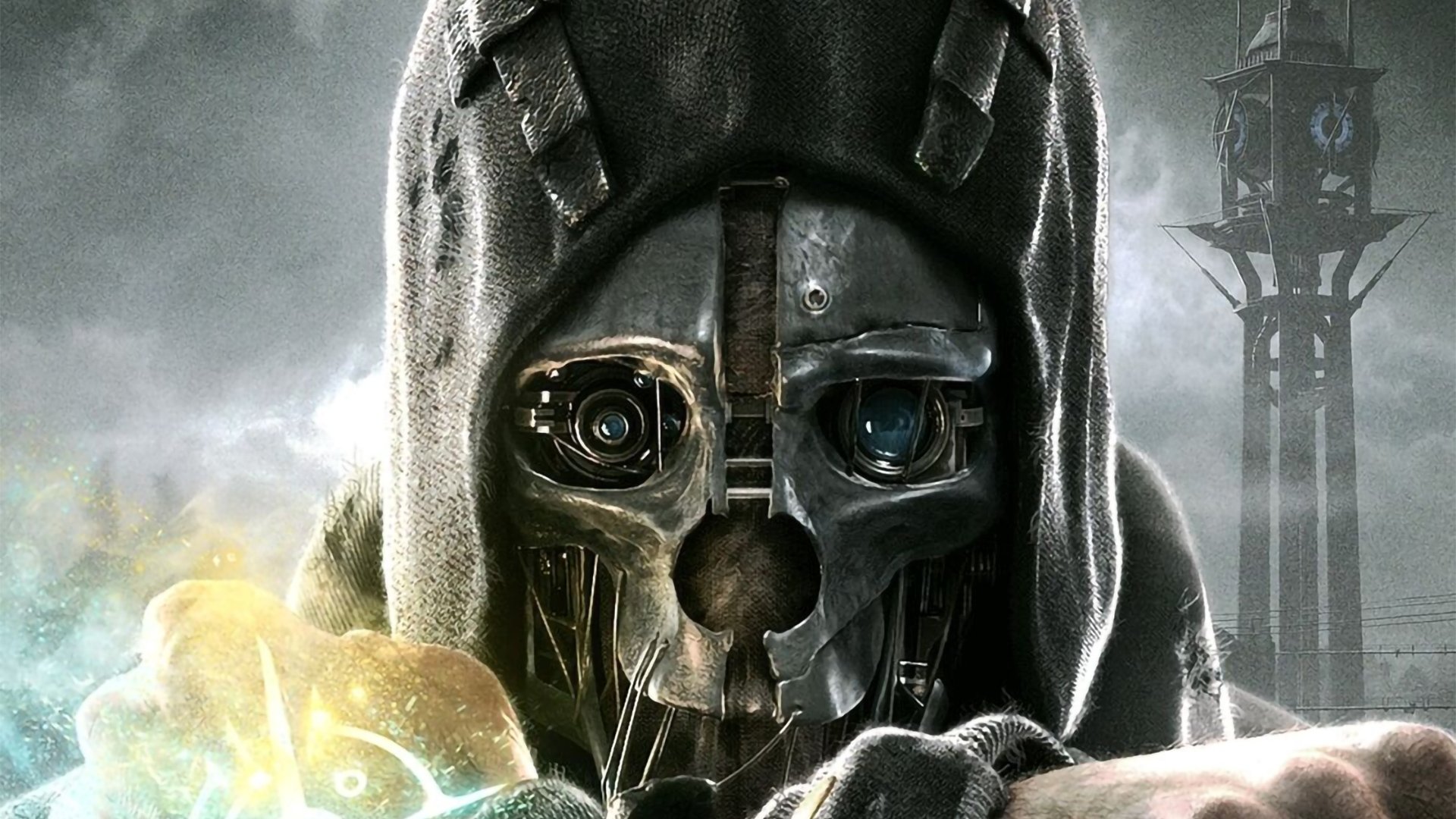It’s dangerous to develop a sequel to a live service game. Ask Overwatch 2.
That’s why when it was announced during the Smite World Championships in Arlington that the decade-old MOBA, Smite, would be getting a numbered sequel, both hardcore fans and lapsed players felt somewhat trepidatious.
On the one hand, those who still play Smite every day and fill arenas around the world have been desperately asking for quality of life and presentational changes for years, something Smite 2 will facilitate. On the other, like any physical sport, if you change the fundamentals of an esport too drastically, it can have disastrous effects.
Developer Titan Forge has a needle to thread, and from what we’ve played of Smite 2 so far, they’ve managed it by approaching the new game with a light touch, rather than Thor’s hammer. The game is largely the same three-lane MOBA that it has been for a decade. Teams of five Gods go head-to-head to make it to the other team’s base and secure the victory.
Broadly, it’s mechanically simple. But the sheer volume of combinations of Gods that can be made from the game’s launch roster alone is what makes the game tick. This complexity will only be built on as more and more Gods are added to the game. While the launch roster will sit somewhere between 25 and 30, Titan Forge is already prepared to add new Gods almost as soon as the game goes live later this year.

One of the most substantive changes to Smite 2 is the visual overhaul it has received. The original Smite was built using Unreal Engine 3, and in 2024, is a rather dated-looking game. MOBAs don’t need to be visually stunning, but if you’re going to sink hundreds of hours looking at the back of a God running through the jungle, there’s certainly no harm in giving them a high level of polish.
Smite 2 is built in Unreal Engine 5, and while the game isn’t striving to be a graphical showpiece, it looks great and will keep looking great for another ten years of visual advancements.
Each of the Gods is far more detailed than they are in Smite 1, which has led to perhaps the most controversial element of the sequel, the lack of skins carrying over from the first game. There are over 1600 skins in the original game, and Titan Forge claims that transferring just one skin from Smite 1 quality to the quality level of Smite 2 would take two months of work, so it’s clear that while some classic skins likely will return, Smite 2 is making a clean break with the past.
“Smite 2 is built in Unreal Engine 5, and while the game isn’t striving to be a graphical showpiece, it looks great and will keep looking great for another ten years of visual advancements.”
Similarly, currency spent in the first game will be transferred to Smite 2 in the form of Legacy Gems. These gems will be useable for 50% of the purchase price of an item in Smite 2. For example, if you buy a skin in Smite 2 that costs £10, you can use your Legacy Gems to reduce that price to £5. Players who purchase a Founder’s Pack for Smite 2 will also double their Legacy Gems when the game launches.
Our demo group was made up of experienced players, lapsed players, and those who were playing the game for the first time. We played a lot of Smite when the game was first released on Xbox One a decade ago, and found jumping back in incredibly easy.
The game has full controller support, and while it didn’t feel like the keyboard players had too much of an advantage, there was some awkwardness when it came to levelling up abilities that would be avoided on a keyboard or a controller with back paddles. The controls will be remappable when the game launches, so there will be a way to set it up that doesn’t feel as stiff, but from what we played, we were often accidentally using our abilities rather than levelling them up, which can be deadly in the heat of battle.

The abilities themselves were a lot of fun. We played a match with Loki, the trickster God. Loki’s gimmick is that he aims to make every player in the other team smash their keyboard and monitor to pieces. Loki can turn invisible and sneak behind players.
Once behind a player, Loki does more damage. Games can get rather frantic, so when your team’s tanks are fighting against the opposite team, it’s a lot of fun to sneak up behind the enemies and assassinate them. Smite 2 is just as teamwork-focused as the original and our team was already having a lot of fun working out which Gods synergized with each other and proved to be excellent counters to the other team’s picks.
Titan Forge knows that every live service game is dependent on both new blood and the hardcore loyalists. Smite 2 is a concession to this, but it’s more than that, it’s a chance for a fresh start built on a decade of experience of supporting a game that has only grown in strength.
From just speaking with the developers at Titan Forge there’s a weight off their shoulders knowing that they’re working with new tools, new Gods, and new expectations from players. There will still be some convincing for players who have made the original game such a key part of their lives for the last decade, but there’s also plenty in the community that have been asking for a break from the past. Smite 2 will have to please both if it’s to succeed, a feat managed all too rarely by live service games.

 3 months ago
164
3 months ago
164







